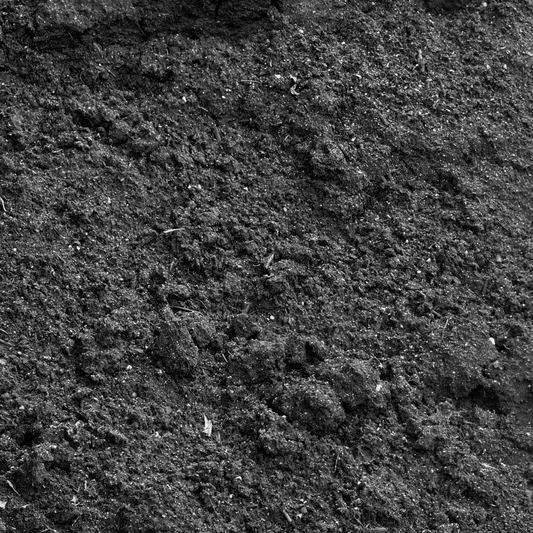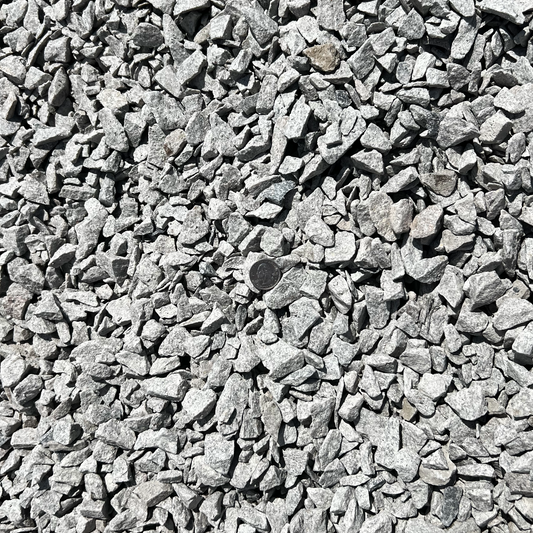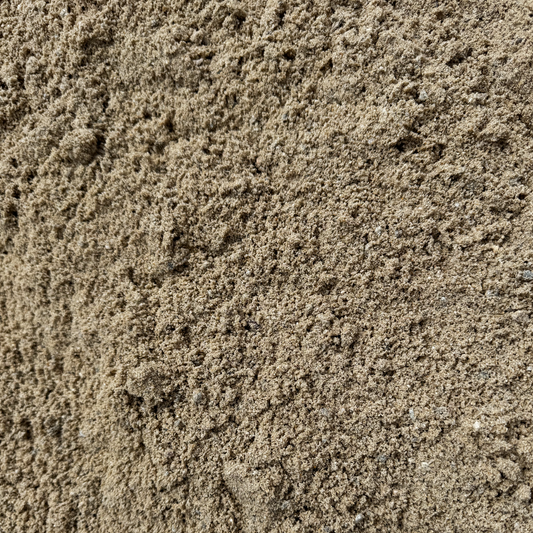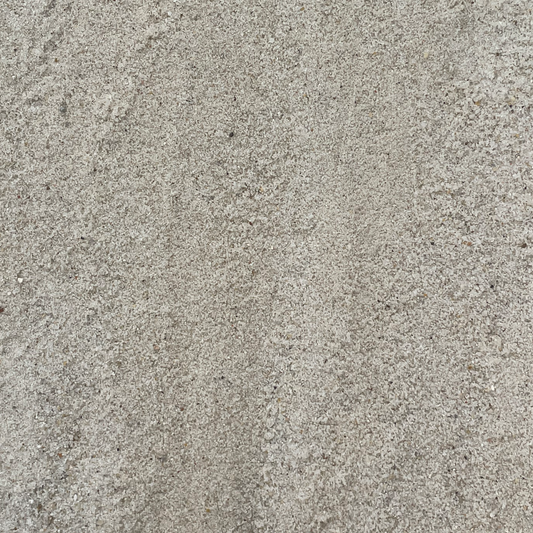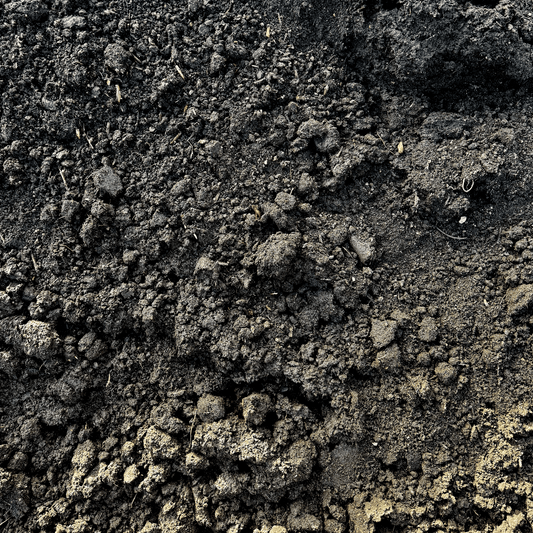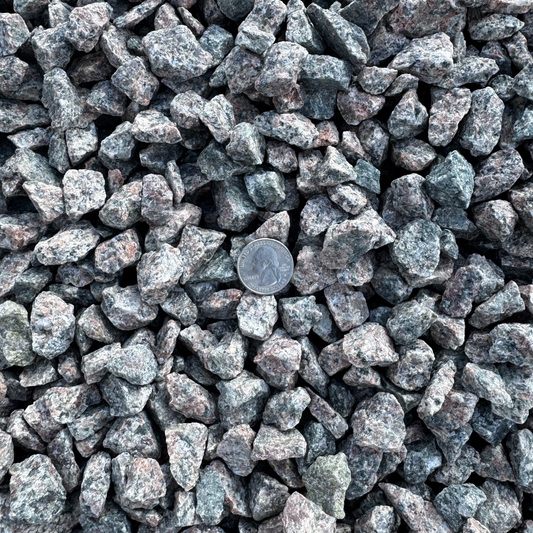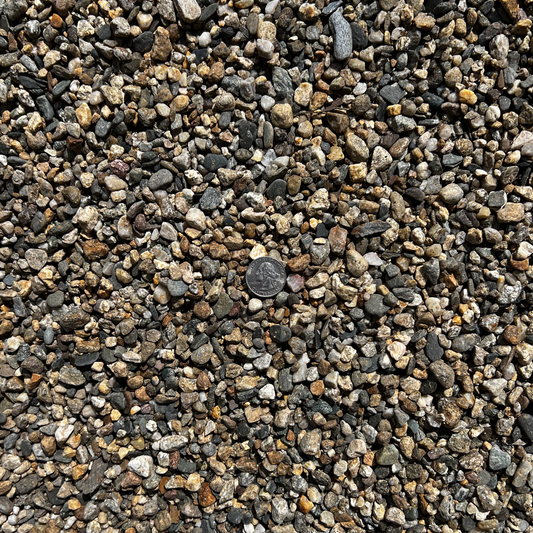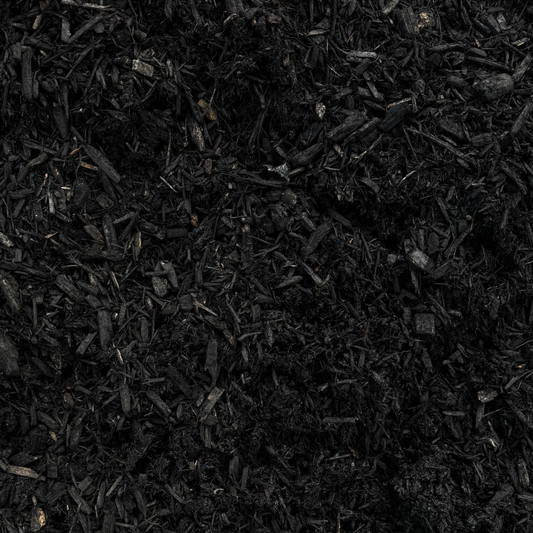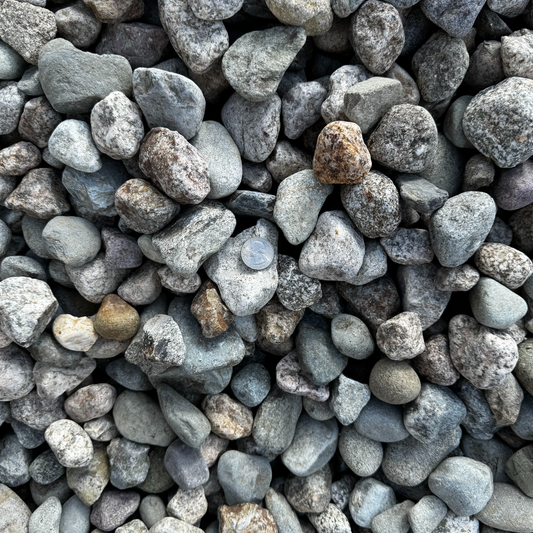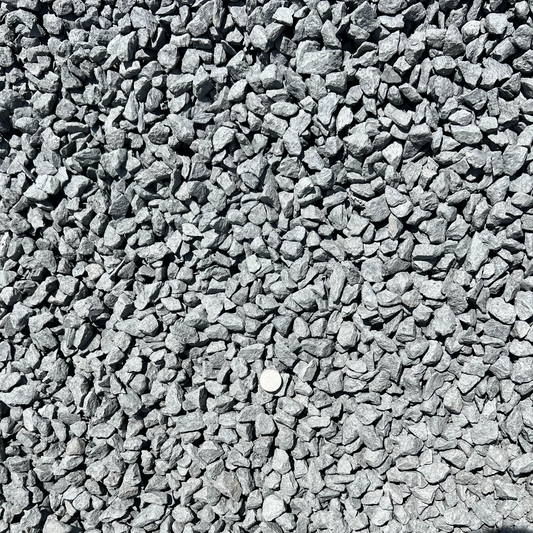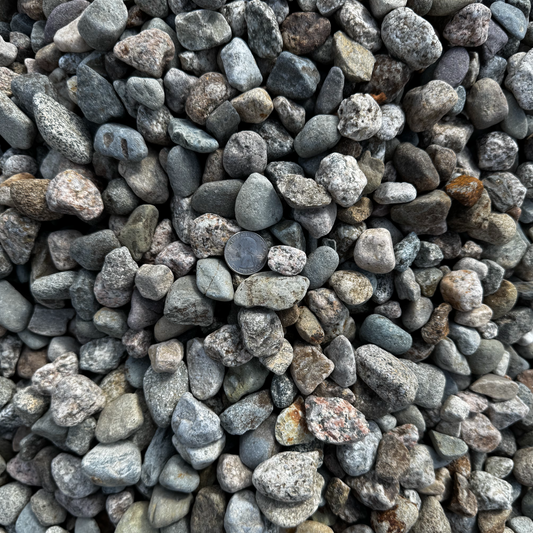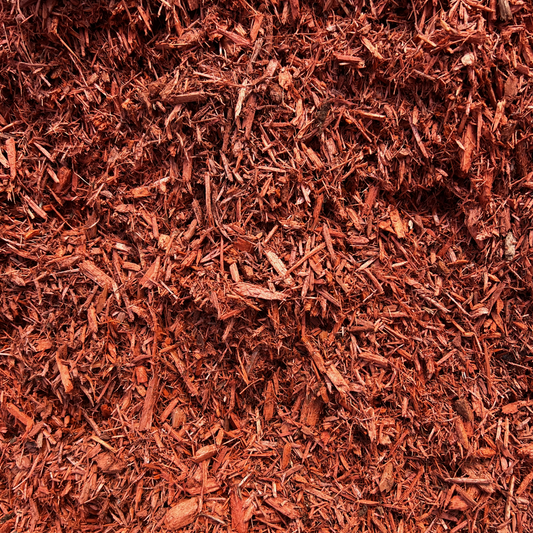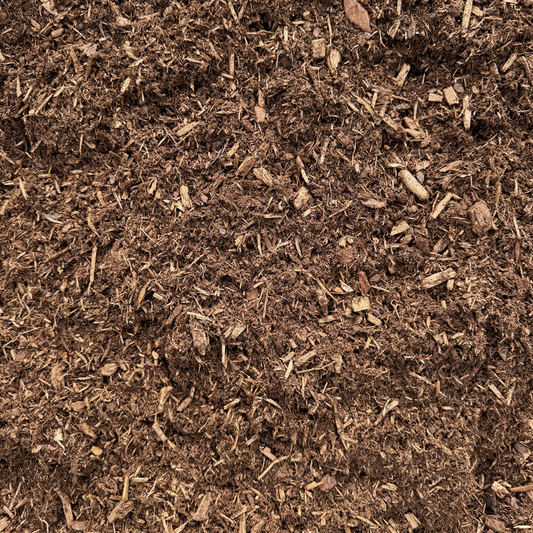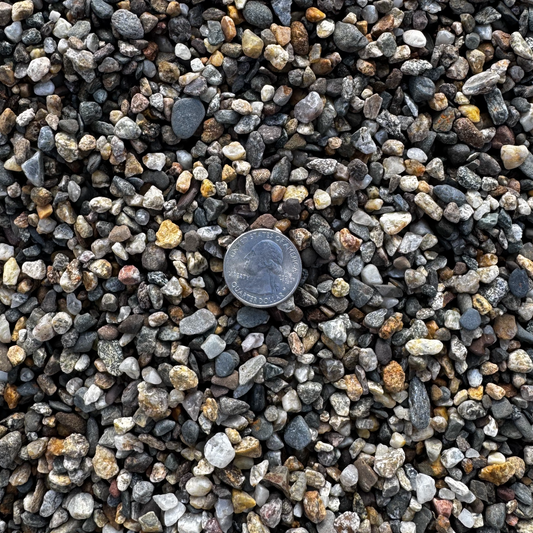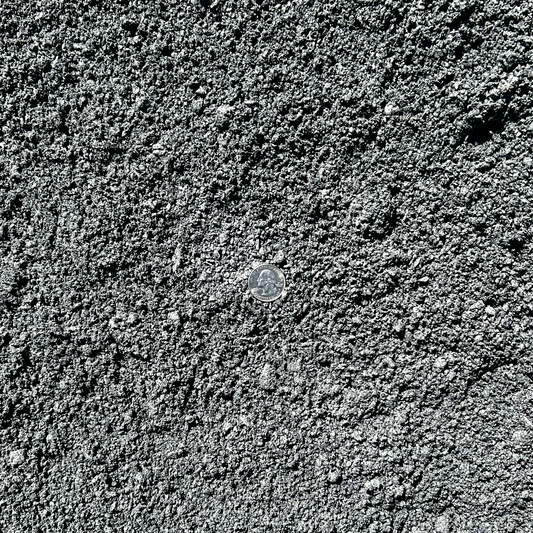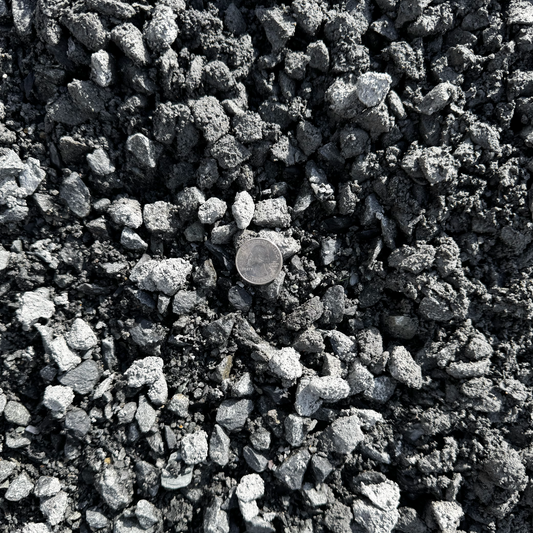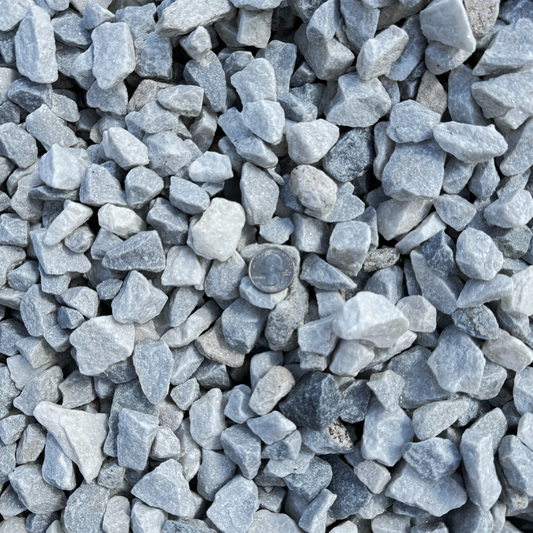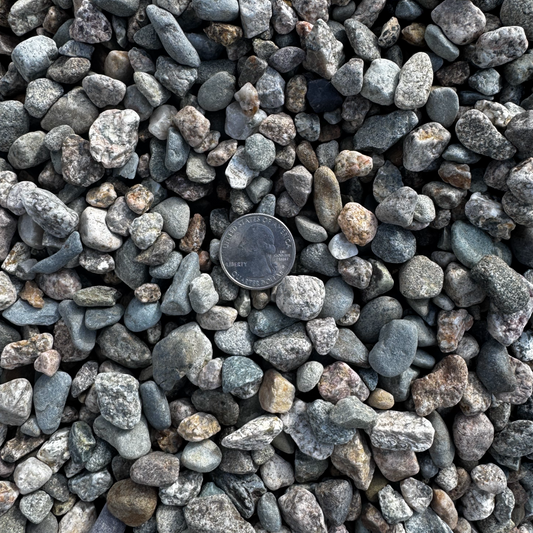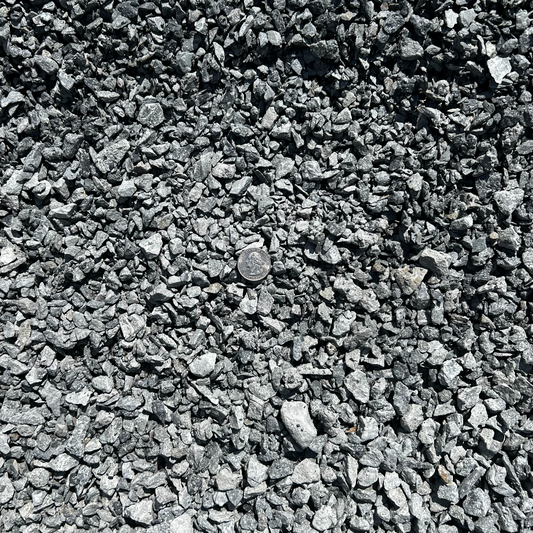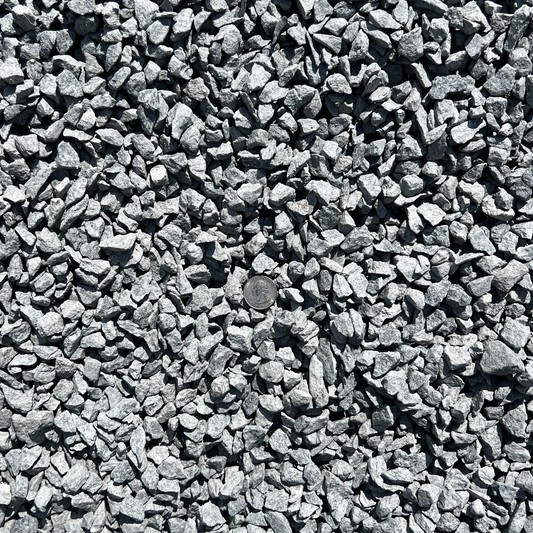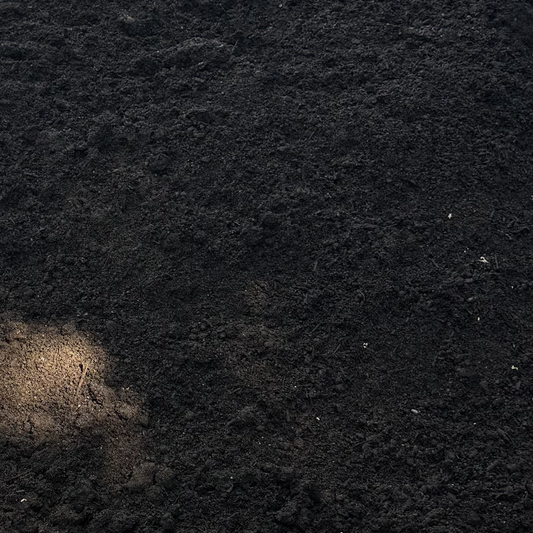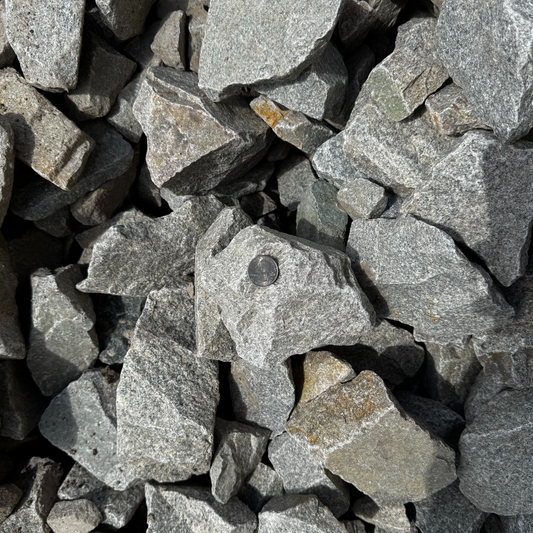Does Pea Gravel Drain Well? Here's What You Need to Know
When you’re tackling a landscaping or construction project, one of the most common questions we hear at Ottr is:
“Does pea gravel drain well?”
The short answer: Yes — extremely well.
But the full answer depends on how it's installed, what it's used for, and the conditions around it.
Let’s break it down so you can decide if pea gravel is the right fit for your project.
What Is Pea Gravel?
Pea gravel is made up of small, smooth, rounded stones, usually between ⅛" and ⅜" in diameter. It’s typically sourced from riverbeds or quarries and comes in a variety of natural tones — from gray and white to brown and tan.
The rounded shape and small size of the stones are what make pea gravel:
-
Comfortable underfoot
-
Aesthetically pleasing
-
Exceptionally good for drainage
Why Pea Gravel Drains So Well
Pea gravel doesn’t compact like finer materials (like sand or dirt). Instead, the rounded stones settle loosely, leaving plenty of air gaps between them. These voids allow water to flow through easily, rather than pooling on the surface.
Because it doesn’t interlock tightly:
-
Water drains quickly
-
No puddles or standing water
-
Less erosion or runoff in the long term
Best Drainage Uses for Pea Gravel
Pea gravel is one of the most flexible drainage materials on the market. Here’s where it shines:
| Application | Why It Works |
|---|---|
| French Drains | Allows water to flow freely into perforated pipes |
| Dry Creek Beds | Mimics natural drainage paths while adding curb appeal |
| Garden Beds | Prevents soggy roots and compacts less than soil |
| Walkways & Paths | Keeps surfaces dry, drains around stepping stones |
| Foundation Borders | Reduces splashback and soil saturation near foundations |
How It Compares to Other Drainage Materials
🟤 Pea Gravel vs. Sand
-
Sand drains slowly and can compact over time, reducing flow.
-
Pea gravel leaves large gaps for water to escape and doesn't compact much — ideal for high-flow zones.
🪨 Pea Gravel vs. Crushed Stone
-
Crushed stone is angular and tends to compact tighter.
-
Pea gravel stays looser, with more void space, so water flows faster — but it can shift more under foot.
Want something more stable? Combine pea gravel with larger stone layers or geotextile fabric for best results.
Tips to Improve Pea Gravel Drainage
Even though pea gravel already drains well, you can boost its performance by:
✅ Adding a base layer of larger rock
This creates even more space for water to move downward before hitting less permeable soils.
✅ Using geotextile fabric underneath
This keeps dirt and fine particles from clogging your gravel over time — and extends the life of the installation.
✅ Installing perforated drain pipe in high-water zones
Use pipe surrounded by pea gravel to channel water away from foundations or soggy areas.
Things to Watch Out For
While pea gravel is a top performer in drainage, there are a few considerations:
-
It can shift underfoot — especially on slopes or in high-traffic areas
-
Too much compaction can reduce voids and limit flow
-
Avoid using where clay soil dominates, unless combined with drainage fabric or pipe
Order Pea Gravel Online – Fast Local Delivery
At Ottr, we deliver bulk pea gravel by the cubic yard — perfect for drainage, decorative use, or both.
No need to visit a quarry or call around for quotes.
Here’s how it works:
-
Shop our Pea Gravel product page
-
Use the calculator to estimate quantity
-
Choose your delivery date at checkout
-
We deliver to your job site, home, or project location
Final Verdict: Does Pea Gravel Drain Well?
Absolutely.
Thanks to its size, shape, and composition, pea gravel offers excellent permeability and is a go-to solution for both functional and decorative drainage projects.
If you want to eliminate puddles, reduce runoff, or build a better foundation for planting or paths, pea gravel is a simple, affordable, and attractive solution.
🛒 Ready to order pea gravel for your project?


